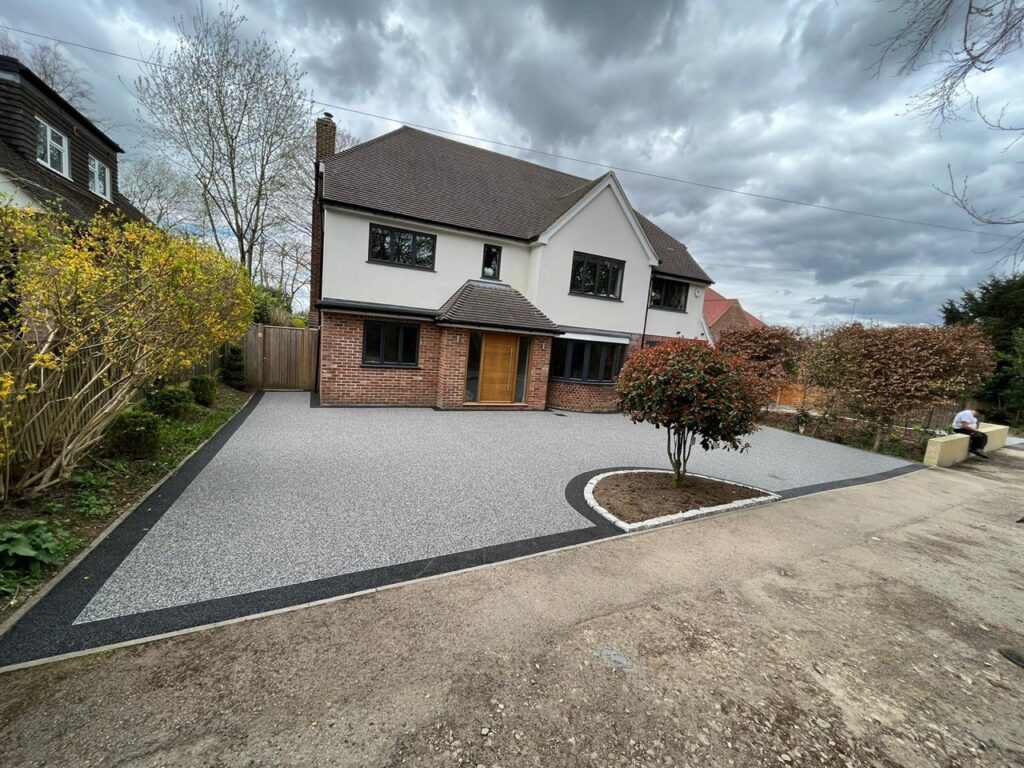Cost-Effective Maintenance Strategies for Tarmac Car Parks
Introduction: Maintaining tarmac car parks is essential for preserving their functionality, safety, and aesthetic appeal over time. However, many property owners and managers may be concerned about the costs associated with ongoing maintenance activities. Fortunately, several cost-effective strategies can help extend the lifespan of tarmac surfaces while minimising maintenance expenses. In this blog post, presented by Dover Driveways & Surfacing, we’ll explore some effective maintenance strategies that offer long-term benefits without breaking the bank.
1. Regular Inspection and Cleaning
Routine inspections are crucial for identifying potential issues early on and preventing minor problems from escalating into costly repairs. Property owners should schedule regular inspections of their tarmac car parks to assess the condition of the pavement, identify cracks, potholes, or drainage issues, and address any safety hazards promptly. Additionally, regular cleaning of the parking area, including sweeping debris and removing litter, helps prevent debris buildup and prolongs the life of the tarmac surface.
2. Crack Sealing and Patching
Cracks and potholes are common issues that can compromise the integrity of tarmac car parks if left unaddressed. Prompt crack sealing and patching are cost-effective measures for repairing minor damage and preventing further deterioration. Crack sealing involves filling cracks with a flexible sealant to prevent moisture infiltration and cracks from widening. Similarly, patching involves filling potholes and depressions with asphalt patching material to restore the integrity of the pavement and prevent additional damage.
3. Sealcoating
Sealcoating is a preventive maintenance measure that helps protect tarmac surfaces from the damaging effects of sunlight, water, and chemicals. Applying a sealant coating to the tarmac surface forms a protective barrier that seals small cracks and prevents water penetration, UV damage, and oxidation. Sealcoating not only enhances the appearance of the pavement but also extends its lifespan by reducing the need for frequent repairs and maintenance.
4. Proper Drainage Management
Effective drainage is essential for preventing water buildup and maintaining the structural integrity of tarmac car parks. Property owners should ensure that drainage systems, including surface channels, catch basins, and drainage pipes, are clear of debris and functioning properly. Additionally, installing permeable pavements or implementing green infrastructure solutions, such as rain gardens or bioswales, can help manage stormwater runoff and reduce the risk of pavement damage.
5. Strategic Planning and Budgeting
Strategic planning and budgeting are essential for implementing cost-effective maintenance strategies and allocating resources efficiently. Property owners should develop a comprehensive plan outlining scheduled maintenance activities, anticipated costs, and long-term objectives for preserving the tarmac car park. By prioritising maintenance tasks based on urgency and budget constraints, property owners can maximise the effectiveness of their maintenance efforts while minimising unnecessary expenses.
Conclusion: Maintaining tarmac car parks doesn’t have to be costly. By implementing cost-effective maintenance strategies, such as regular inspection and cleaning, crack sealing and patching, sealcoating, proper drainage management, and strategic planning; property owners can prolong the lifespan of tarmac surfaces and minimise maintenance expenses in the long run.
Call us on: 01304 796 895
Click here to find out more about Dover Driveways & Surfacing
Click here to complete our contact form and see how we can help with your driveway needs.

